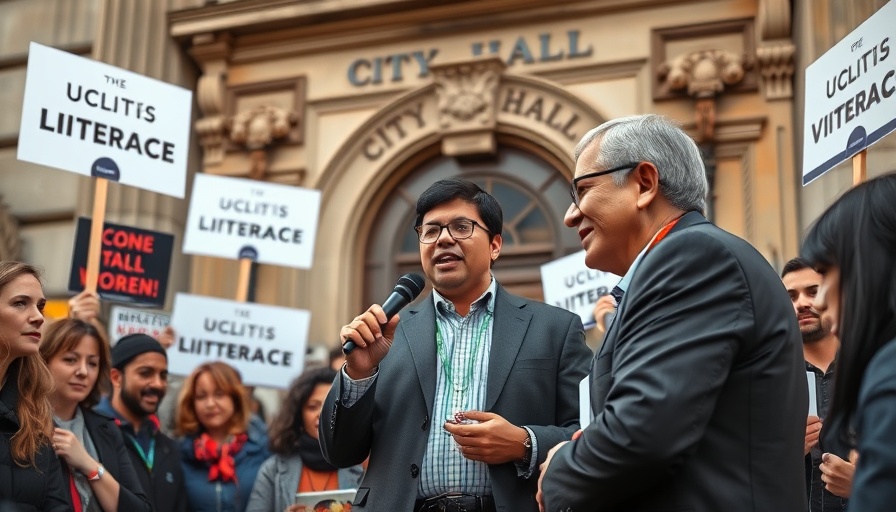
San Francisco’s Bold Shift in Drug Policy: A Focus on Treatment
In a decisive move to combat the ongoing fentanyl crisis, San Francisco Mayor Daniel Lurie revealed a revamped public health policy aimed at connecting drug users with essential treatment programs. As the city grapples with increasing overdose rates, which have shown an alarming resurgence after a brief decline, this policy seeks to enforce greater accountability on organizations distributing clean needles and other supplies for drug use.
Understanding the Harm Reduction Approach
Historically, San Francisco adopted a harm reduction strategy, which was designed to minimize the dangers associated with drug use. This included distributing sterile syringes and providing Narcan to quickly reverse the effects of opioid overdoses. While this strategy aimed to protect public health and reduce the transmission of diseases like HIV and Hepatitis C, critics argue that it fell short in significantly encouraging users to seek treatment.
A Call for Change
During a recent news conference, Lurie emphasized that merely handing out supplies without a pathway to treatment was no longer sufficient. "We cannot stand by while our community suffers — we must do more to save lives," he stated. The new rules stipulate that city-funded programs must actively engage drug users in conversations about treatment options, reinforcing the idea that health interventions must go beyond mere survival.
Community Impact and Future Directions
The policy change aligns with a broader national conversation about addiction and treatment access, especially in light of potential funding cuts from the federal level. With nearly $1 billion in cuts looming, San Francisco's leaders are under increasing pressure to find innovative solutions to support their citizens effectively. As they pivot from purely harm reduction to a combined approach that prioritizes treatment, the city hopes to see reductions in overdose rates and improved overall health outcomes.
Conclusion: A Balanced Approach to Addiction
As San Francisco re-evaluates its strategies, the balance between harm reduction and treatment will be critical in shaping its future success in tackling drug addiction. This initiative could serve as a model for other cities facing similar crises, highlighting the importance of a comprehensive response that meets users where they are while emphasizing recovery and well-being.
 Add Row
Add Row  Add
Add 




 Add Row
Add Row  Add
Add 

Write A Comment